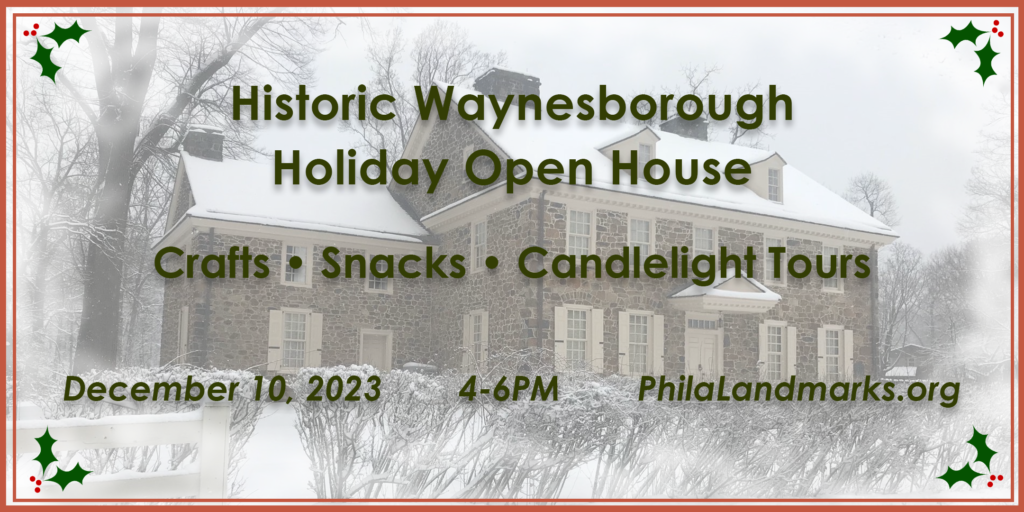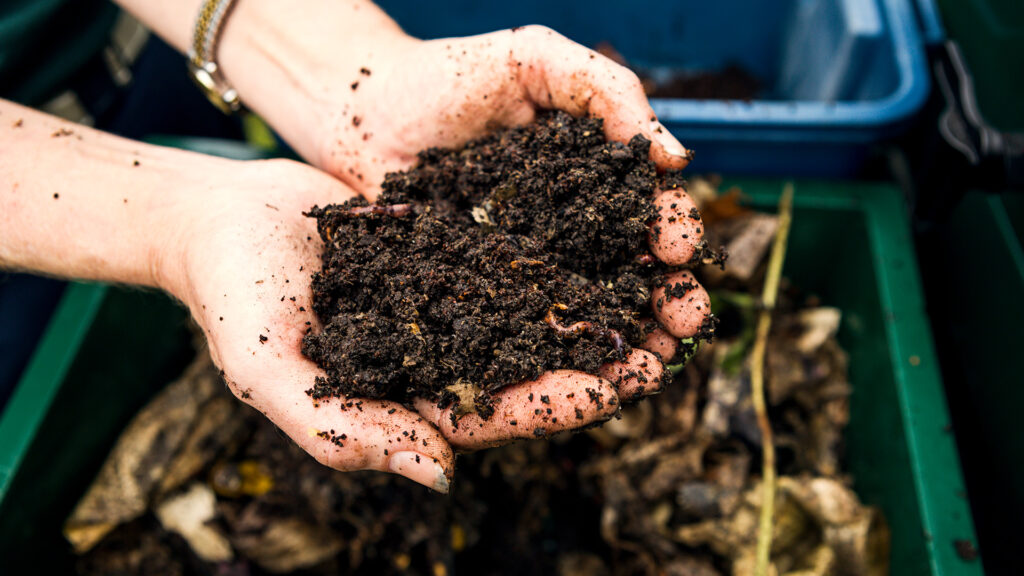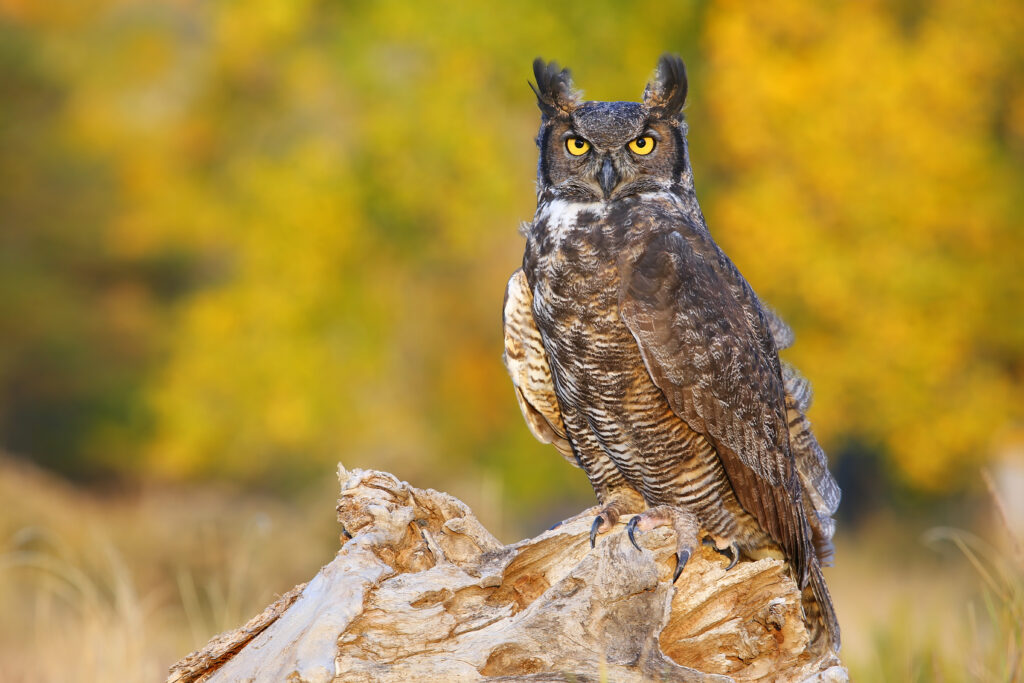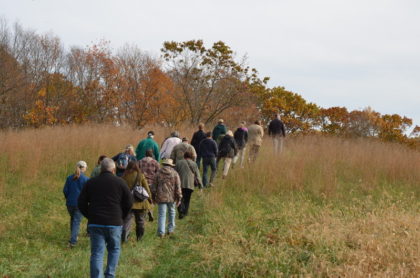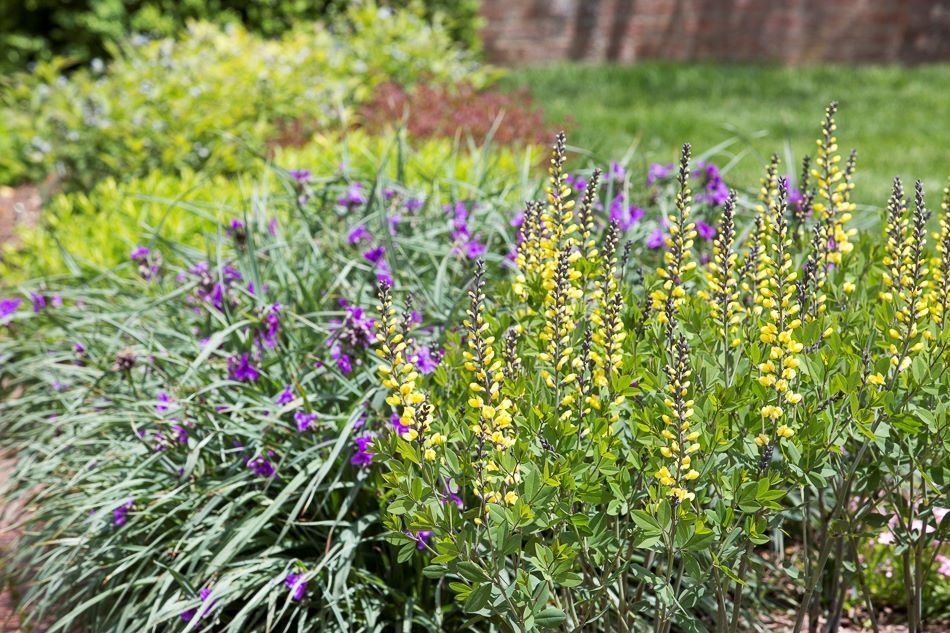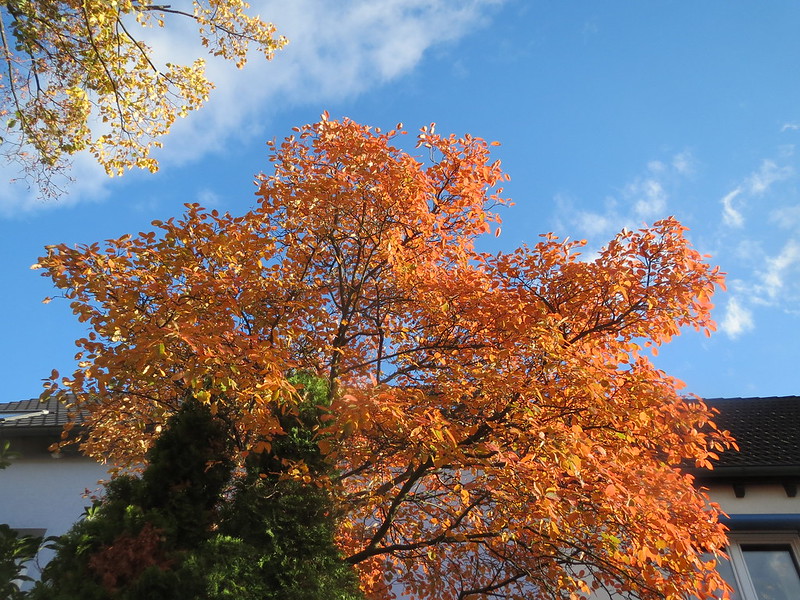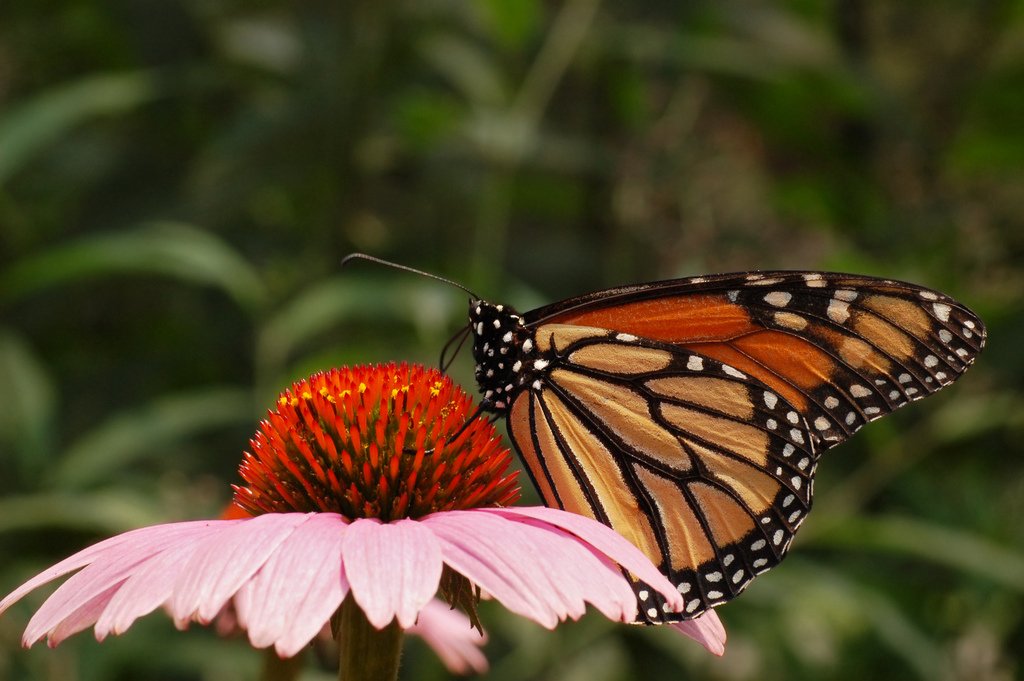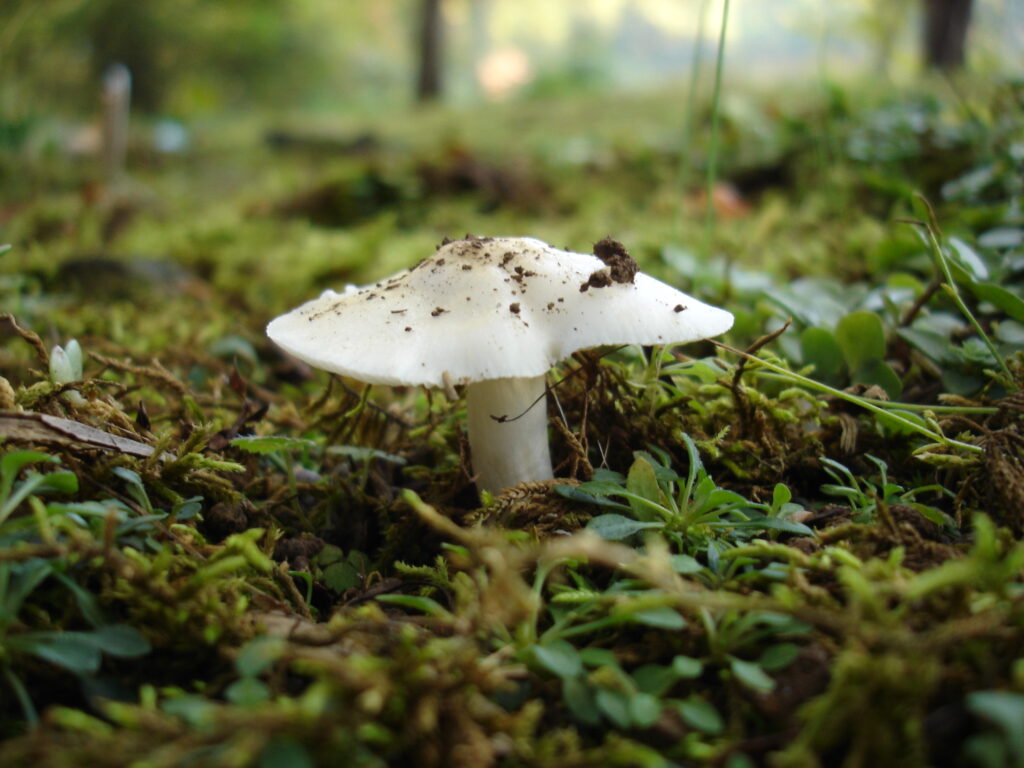Join the family fun at the Holiday Candlelight Tour and Open House, 4-6 p.m. Sunday, Dec. 10, at Historic Waynesborough in Paoli. The historic mansion has been beautifully decorated for the season by the Suburban and Springfield Garden Clubs. Take a tour, craft festive ornaments for the holiday tree, and enjoy refreshments, music, and more.
MoreTurn your trash to treasure with home-scale composting. Transform everyday kitchen scraps into nutrient-rich treasure (compost) that makes plants flourish. Learn the key elements of creating compost at home, what materials can be safely composted, and how to keep the compost bin from smelling. Storage bin options will be discussed and demonstrated. This program takes
MoreMany people have heard an owl, but few have ever seen one. Mt. Cuba’s varied landscapes and topography provide the ideal habitats for three of Delaware’s native owl species – the barred, great horned, and Eastern screech – and winter is the best time to spot them roosting in our trees. Owls are nocturnal so
MoreReconnect with nature in this exceptional behind-the-scenes trek through the natural areas with Ellen Lake, Mt. Cuba’s director of conservation and research, and Joe Sebastiani, manager at Ashland Nature Center. Along the way, scout for birds, explore old-field meadows and woodland habitats, and learn about several natural lands projects and research experiments. Dress for the
MoreExplore water-wise gardening through several ecological practices – rain gardens, rain barrels, riparian buffers, and xeriscaping. Leave with a plant list of water-wise native plant species to add to your garden that will not only reduce water usage but provide aesthetic and wildlife value as well. This program takes place in person at Mt. Cuba
MoreNative plants of the mid-Atlantic region are beautiful, inspiring, and critically important for healthy landscapes. From the subdued colors and fragrances of spring wildflowers to the exuberance of summer perennials and the captivating hues of fall foliage, discover a wealth of plants that satisfy your gardening needs throughout the seasons. Using Mt. Cuba Center’s stunning
MoreNon-native invasive plants, like Japanese barberry and English ivy, damage our environment by invading natural areas and outcompeting native plants. To help stop the spread, the Delaware state legislature recently passed a law banning the sale of 36 invasive plant species. Join Leah Brooks as she presents beautiful native alternatives to these invasive ornamentals and
MoreThe study and preservation of the iconic monarch butterfly is a focal area for the conservation and research team at Mt. Cuba. Join Ellen Lake, director of conservation and research, and Sam Hoadley, manager of horticultural research, who will introduce the monarch’s biology and interactions with milkweed and discuss the fascinating nature of their migration.
MoreWhat we know about the nature of plant-pollinator interactions, and how this drives their evolution is the foundation of many of the management decisions and recommendations given to protect pollinators and biodiversity. Travel across the biology of pollination interactions and their conflicts with Anahí Espindola, PhD, from the University of Maryland. Learn about pollination’s importance
MoreExplore Mt. Cuba’s natural areas with Rowan Nygard, experienced mycophile. Scout and learn about the fungal diversity in the area. Be prepared for a lengthy hike through hilly, uneven, and occasionally steep terrain. Dress for the weather and bring a water bottle. This program takes place in person in Mt. Cuba Center natural lands on
More
